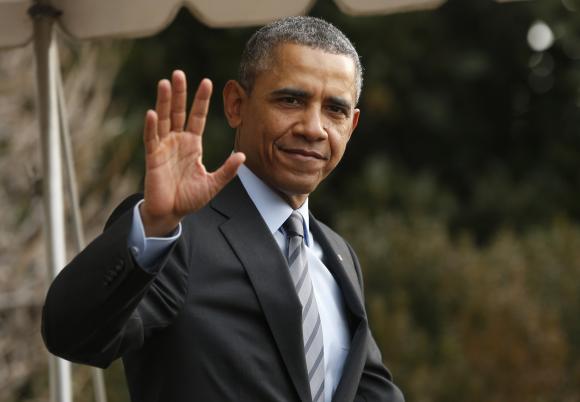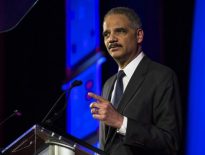(Reuters) – The U.S. Supreme Court appeared closely divided on Monday as it weighed whether the administration of President Barack Obama exceeded its authority when crafting the nation’s first greenhouse gas emissions regulations.

Justice Anthony Kennedy could hold the swing vote on the nine-member high court, with conservative justices skeptical of the U.S. Environmental Protection Agency’s (EPA) approach and liberal justices generally supportive.
It is possible the court could opt for a compromise in which the EPA loses the case but retains most of its authority to regulate greenhouse gases under the specific program at issue in the case. Such a move could potentially win the support of some liberal justices.
Absent congressional action, Obama has been using his regulatory authority to address climate change. The Clean Air Act has been the EPA’s main tool for addressing emissions since the U.S. Senate rejected a cap-and-trade bill in 2010.
During a 90-minute oral argument, Kennedy, an appointee of Republican President Ronald Reagan who is often the court’s deciding vote, offered some criticism of the government’s position but did not indicate which way he would vote. A ruling is expected by the end of June.
In his most outspoken question, Kennedy clashed with the Obama administration’s lawyer, Solicitor General Donald Verrilli, over some of the government’s legal arguments.
I couldn’t find a single precedent that strongly supports your position, Kennedy said.
The justices are weighing just one aspect of the administration’s first wave of climate change regulations, focusing on whether the agency has authority to regulate greenhouse gases under a program for stationary sources of pollution, such as power plants and oil refineries.
The ruling is unlikely to have a broad impact on the administration’s climate strategy, including plans to introduce greenhouse gas standards for new power plants under a separate provision of the Clean Air Act. The standards were announced in September but have yet to be formally issued.
COURT HAS OPTIONS
The court has various options if it finds fault with the government’s conclusion that greenhouse gases should be regulated under the prevention of serious deterioration, or PSD, program, which requires any new or modified major polluting facility to obtain a permit before any new construction is done if it emits any air pollutant. The program requires facilities to install the best available technology to control emissions of specific pollutants.
The compromise option discussed by the justices would require facilities already subject to the permit program for other air pollutants to be regulated for greenhouse gases but would exempt other facilities.
Several justices, on both sides of the ideological divide, questioned whether a loss for the EPA along those lines would be much of a setback.
Chief Justice John Roberts, one of the conservatives, cited a court filing by the American Chemistry Council, one of the challengers, which said that if the court rules narrowly, 83 percent of greenhouse gas emissions that could potentially be regulated under EPA’s interpretation of the law would still be covered, compared with the 86 percent of emissions that the EPA says it wants to regulate.
Likewise, when industry lawyer Peter Keisler noted that greenhouse gas emissions would still be covered under the standard-setting part of the Clean Air Act, Justice Stephen Breyer, a moderate on the liberal wing, seemed momentarily perplexed.
Well, then I don’t know what this case is about, he said.
Justice Elena Kagan, who was appointed to the court by Obama in 2010, mounted a more stout defense of the government. She questioned whether the EPA’s interpretation of the law was any more unreasonable than those put forward by the challengers.
She cited a key Supreme Court precedent that says courts should give government agencies deference when the law is ambiguous.
Why isn’t this a classic case for deference to the agency? she said.
Questions posed by the justices suggested they have no intention to revisit a landmark 2007 case, Massachusetts v. EPA, when it held on a 5-4 vote that carbon was a pollutant that could potentially be regulated under the air pollution law.
(Editing by Howard Goller, Grant McCool and Douglas Royalty)





